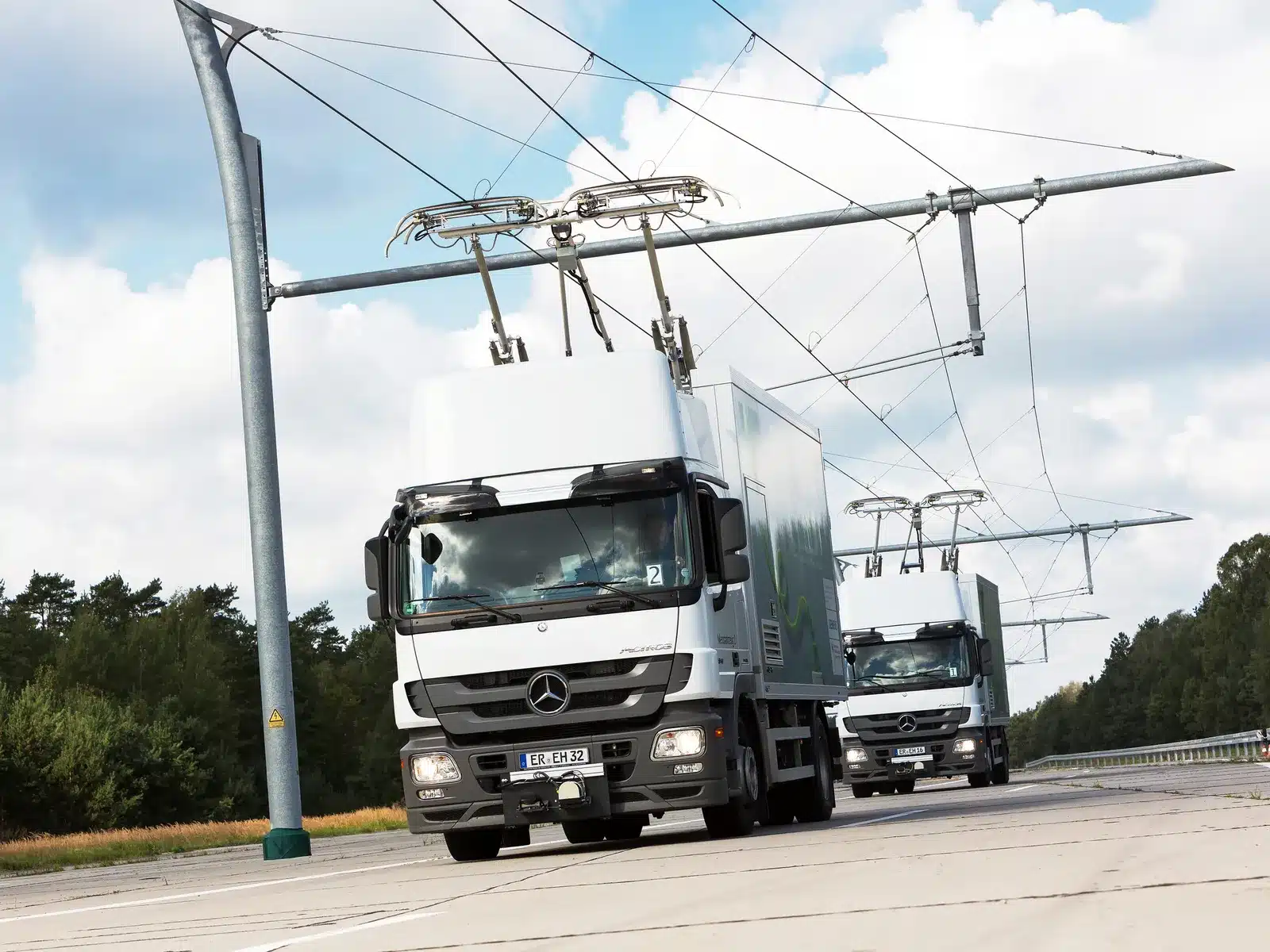Electrifying delivery truck fleets by running them on trolley wires may seem like an unconventional idea at first glance, but upon closer examination, it reveals a promising solution to some of the key challenges faced by the transportation industry. As the world strives to reduce carbon emissions and transition to sustainable modes of transportation, innovative approaches like trolley wire-powered trucks are gaining attention and proving their viability.
The concept behind running delivery trucks on trolley wires is relatively simple yet effective. Similar to electric trams or streetcars, these trucks would draw power from overhead wires, eliminating the need for traditional fuel sources and significantly reducing greenhouse gas emissions. By utilizing electricity from renewable sources, such as solar or wind, this technology holds the potential to revolutionize urban logistics while fostering a cleaner and greener environment.
One of the primary advantages of trolley wire-powered trucks is their impressive energy efficiency. Unlike internal combustion engines that rely on fossil fuels, electric-powered trucks offer a much higher energy conversion efficiency, resulting in lower operating costs and reduced dependency on non-renewable resources. Additionally, electrification eliminates the noise and vibration associated with traditional engines, contributing to quieter and more pleasant urban environments.
Furthermore, trolley wire systems can be strategically deployed in specific delivery routes or urban areas with high truck traffic, optimizing their effectiveness and minimizing infrastructure costs. By leveraging existing power grids and infrastructure, the implementation process becomes more feasible and cost-effective. Additionally, these systems can be integrated with smart technologies to enhance fleet management, route planning, and energy optimization, further improving operational efficiency and reducing environmental impact.
Although there are challenges to overcome, such as retrofitting existing truck fleets and establishing a robust charging infrastructure, the potential benefits are substantial. Trolley wire-powered trucks offer an opportunity for logistics companies to align with sustainable practices, reduce their carbon footprint, and contribute to a cleaner and healthier future for urban communities.
In conclusion, while running delivery trucks on trolley wires may seem unconventional at first, it presents an innovative and pragmatic solution to the transportation industry’s sustainability challenges. By embracing this technology, logistics companies can reduce emissions, enhance energy efficiency, and contribute to the global transition towards a greener and more sustainable future.





